Destinations: Discovering the Mid-Coast
October-November 1996
This is an article from WaveLength Magazine, available in print in North America and globally on the web.
by Deb Leach

|
Leaving McLoughlin Bay, near Bella Bella |
This summer, three friends and I took advantage of the new "Discovery Coast Passage" route to explore the islands midway between Vancouver Island and the Queen Charlottes. From McLoughlin Bay (south of Bella Bella) we paddled south and west to the Goose Group and returned via Hakai Passage, Calvert's sandy beaches and the Koeye River. We dubbed our venture "manoeuvers" because we camped at seven different sites and spent our last night onboard the ferry.
A highlight of our trip was chatting with Heiltsuk elders and youth from the Native Rediscovery Camp on Goose Island. When asked about kayakers visiting their land, we were told that initially, some native people didn't fancy the intrusion of kayakers onto sacred ground, but they have come around to see that kayakers respect the land. Good news!
The elders also filled us in on the best places to camp and fish. We were delighted to learn that the mussels and clams were fair game. I tried fishing from a kayak for the first time and caught fish within minutes on two occasions. Nearly every night we feasted on either pink salmon, ling cod, rock cod or sole with berries (salal, huckle or thimble) for dessert.
 We saw few other paddlers and shared only one campsite, on the Koeye River. Between Spider and Spitfire Islands, we met a group in baidarkas with parafoils who said we were the first kayakers they had seen in a week. August was also an excellent time for wilderness camping during "phosphorescence season" and the meteor showers.
We saw few other paddlers and shared only one campsite, on the Koeye River. Between Spider and Spitfire Islands, we met a group in baidarkas with parafoils who said we were the first kayakers they had seen in a week. August was also an excellent time for wilderness camping during "phosphorescence season" and the meteor showers.
The mid-coast is a birdwatcher's paradise. Plenty of waterfowl, eagles, ravens and more kingfishers than I'd seen around Vancouver Island or the Charlottes. We had glimpses of humpback, minke and gray whales as well as porpoises, and clear views of wolf and deer tracks. Fortunately, the black and Grizzly bear on the Koeye River didn't come near our camp.
Before you go, make sure you get the possible campsites marked on your charts. The same goes for water stops and lunch spots. There are miles of uninviting rocky shores along the islands. Beaches are few and far between with limited camping when tides are higher than 13 feet. Thanks to Ron and Sandi Ulmi we learned the "high spots" they had discovered in addition to those they had learned about from Ecomarine in Vancouver.
We had our share of warm sun, wind, rain and fog and had a number of fallback routes planned. Although we had only two layover days, we rarely paddled more than 10 miles a day and planned to go with the ebbs and flows. Some of our most memorable moments were those silky smooth drift/paddles along Calvert Island and the Koeye River.
 |
The view south of Triquet Island |
Although we didn't rush, nine days between ferries was just not enough. I would recommend allowing at least two weeks to explore the islands.
On our last day, paddling into the orange August sunset that framed Namu Harbour gave new meaning to the phrase "catching the ferry". On schedule, the Queen of Chilliwack lowered her back deck and we were instructed by BC Ferries employees to scramble up and help load our boats onboard. Dozens of passengers watched from the car deck as we became anonymous faces in the home videos and photo albums.
We couldn't say enough good things about the BC Ferries service. They "rolled out the carpet" for kayaks (those that wouldn't fit on the trailer) for our seven hour voyage back to Port Hardy. We relished the bar, showers, fresh towels, blankets and cots waiting for us. During the outward passage, we had the opportunity to try the airline seats, watch local videos, play board games, tour the bridge and engine room, as well as shop and eat. The atmosphere onboard was more like a cruise ship than a ferry and the bottomless cup of coffee was a nice touch.
This was our first unguided trip and the islands are calling us back next summer to discover more.
 |
Triquet Island looking north |
Deborah Leach is a public health nutritionist in Victoria

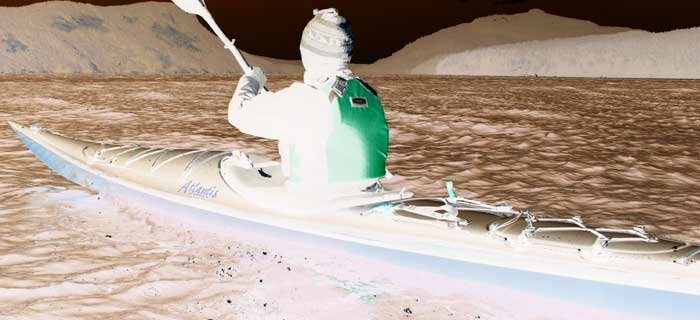
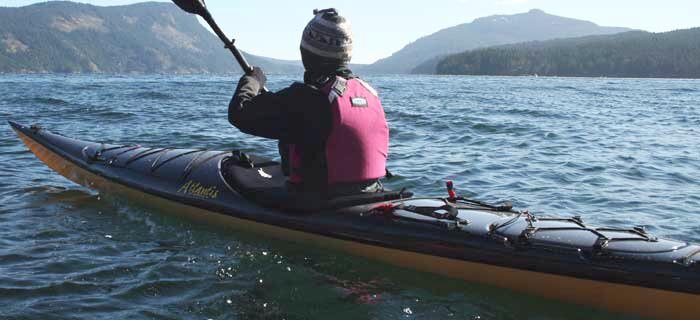
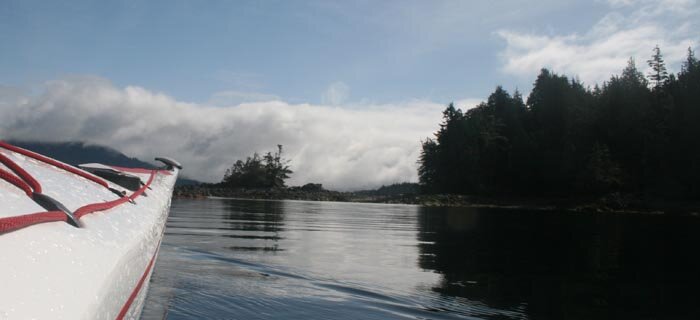
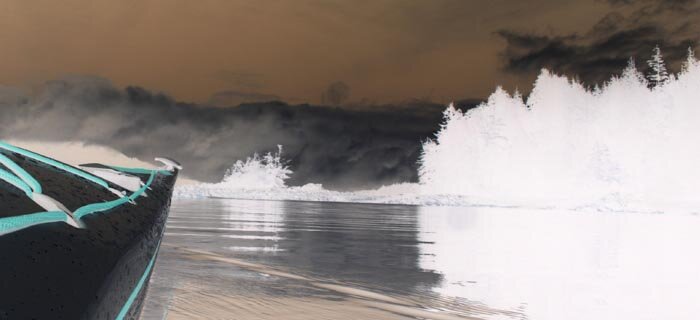
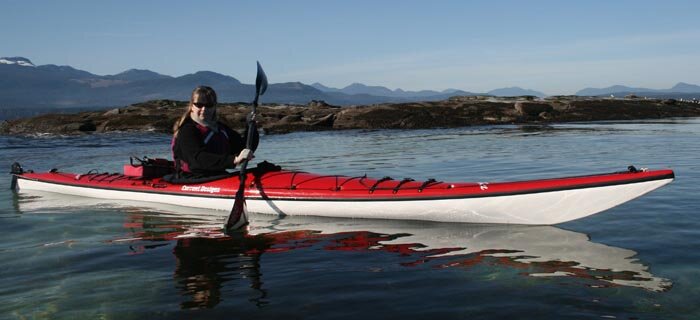

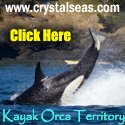
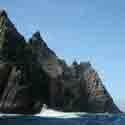

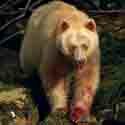











 This site uses valid HTML, CSS and Flash. All content Copyright © 2010 Wild Coast Publishing.
This site uses valid HTML, CSS and Flash. All content Copyright © 2010 Wild Coast Publishing.